The Sanctuary of the Republic
The Final Chapter of a Founder, the First Breath of a Nation
This palace, once the heart of an empire, was destined for one final, sacred purpose: to become the cradle of the Republic and the eternal sanctuary of its founder.
This is not a story of death; it is the story of a legacy that became immortal within these walls.
The Heart of the Sanctuary
The Story of Room 71
In the vastness of an imperial palace, history chose one modest chamber for its final act. Room 71 was not a throne room; it was a sanctuary, a sickbed, and ultimately, the cradle of a nation’s undying memory.
Discover the intimate story of how this room became the most sacred ground in the Republic.
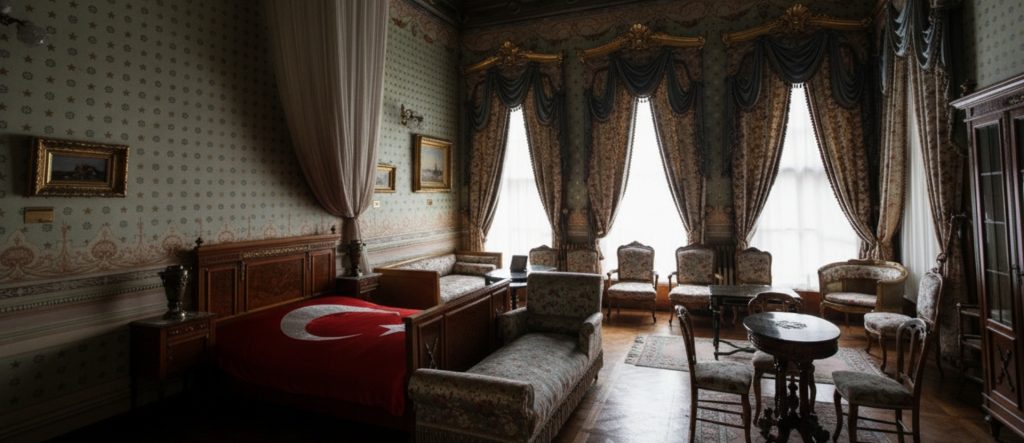
Room Number 71: The Story of How a Palace Turned into a Modest Home for a Leader

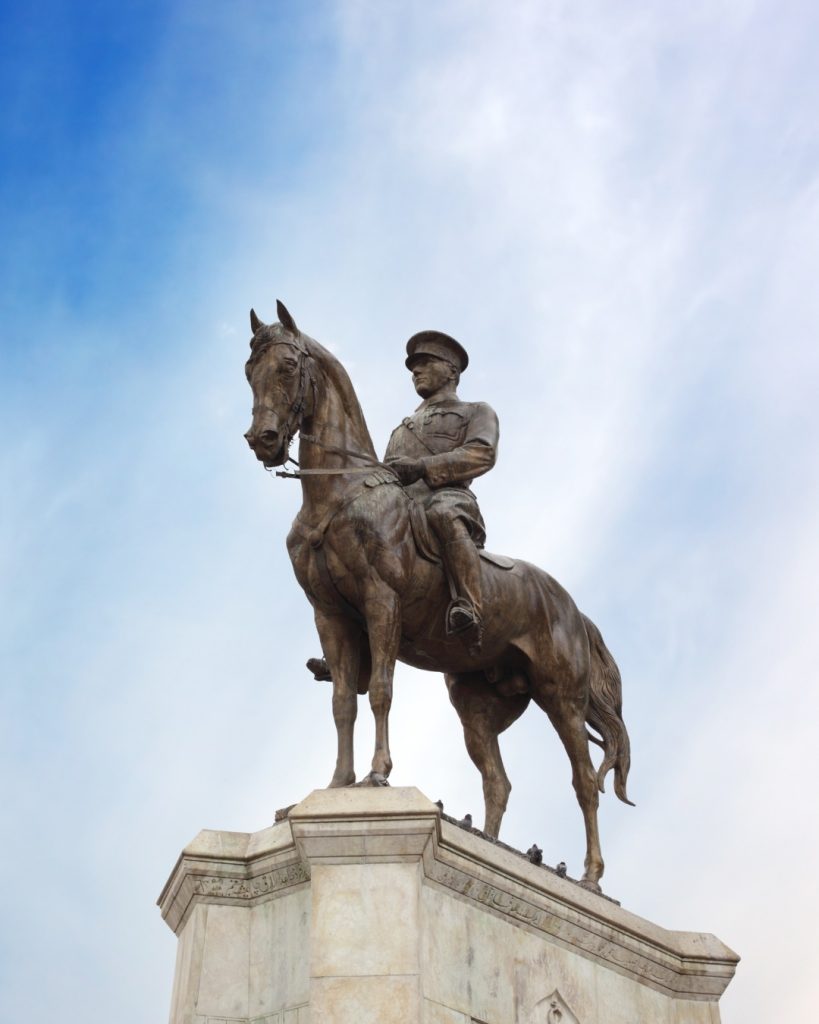
Mustafa Kemal Atatürk
He was more than a soldier; he was the architect of a nation’s soul. Mustafa Kemal Atatürk, a commander forged in the final fires of the Ottoman Empire, rose not to claim a throne, but to build a Republic from its ashes. He was the visionary who separated mosque and state, granted women the vote, and traded the Arabic script for a Latin alphabet, turning the face of a people toward a new, modern horizon.
His final breath may have been drawn in the halls of an imperial palace, but his spirit was never confined by its walls. This monument does not depict a Sultan; it immortalizes the Founder, the Teacher, and the eternal Guardian of the Turkish Republic.
Reclaiming the Crown Jewel
From Sultan's Palace to Republic's Stage.
When Atatürk chose Dolmabahçe as his Istanbul residence, it was a profound declaration. He did not occupy a vanquished palace; he repurposed the ultimate symbol of imperial power into the vibrant heart of the new Republic.
Discover how these halls were transformed from a stage for Sultans to the working hub of a modern nation.
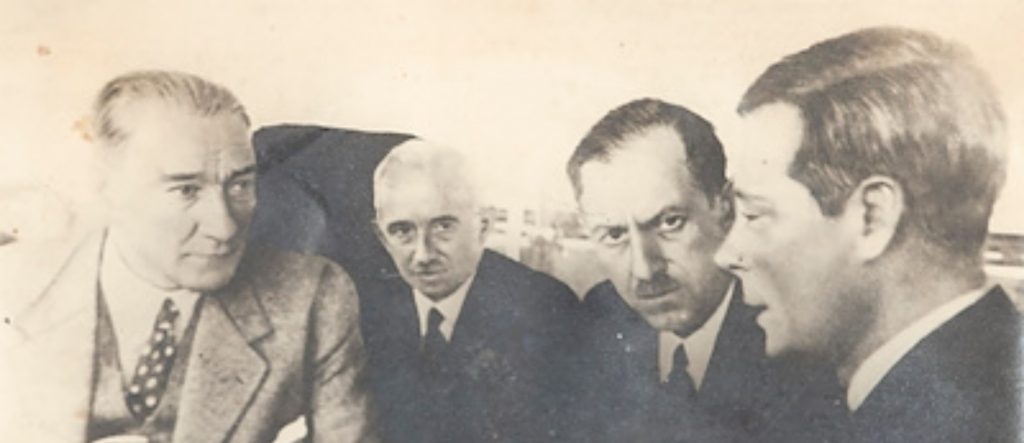
The Sultan’s Chamber, The Nation’s Leader: How Atatürk Made Dolmabahçe the Heart of the Republic?
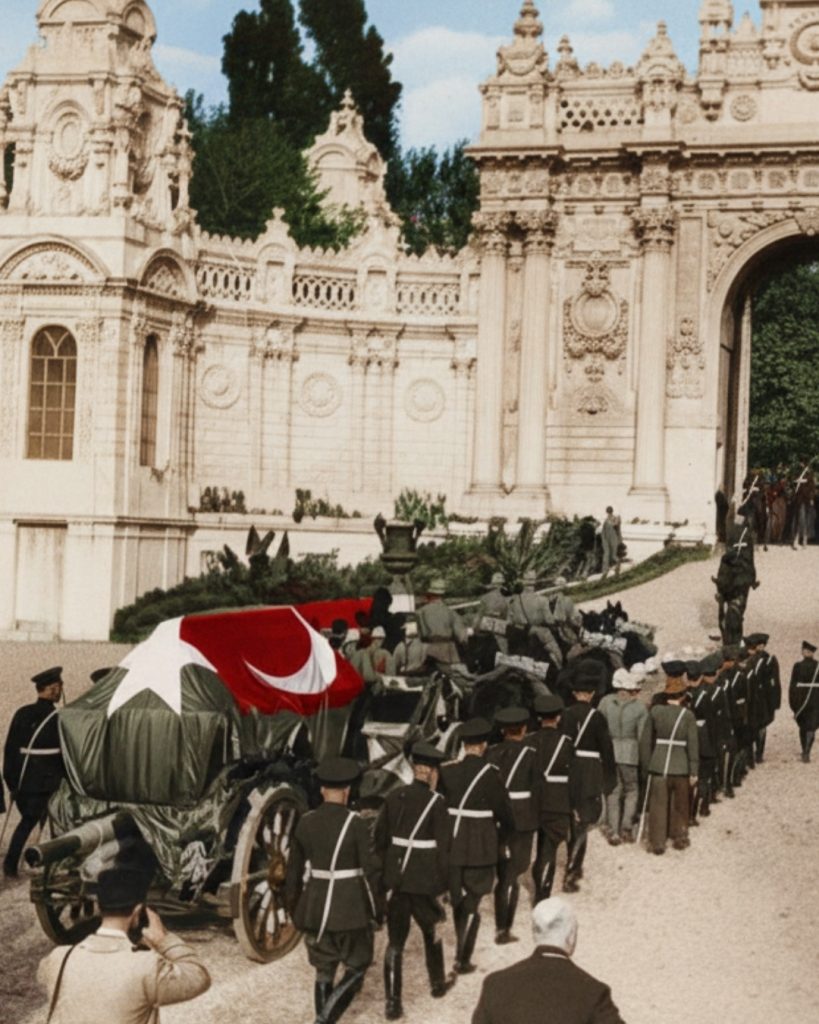
The Palace of the Republic:
A Symbol Reclaimed
The choice of Dolmabahçe was Atatürk’s final strategic masterpiece. By making the ultimate symbol of the old regime his working office and final home, he did not bow to its legacy; he conquered it. He hollowed out the soul of the Sultanate and filled it with the spirit of the Republic.
The palace’s last service was not to an Emperor, but to the Founder. Its final procession was not a coronation, but a nation’s farewell to its father. Thus, Dolmabahçe was reborn not as a palace, but as a hallowed ground of the Republic.
Enrich Your Exploration
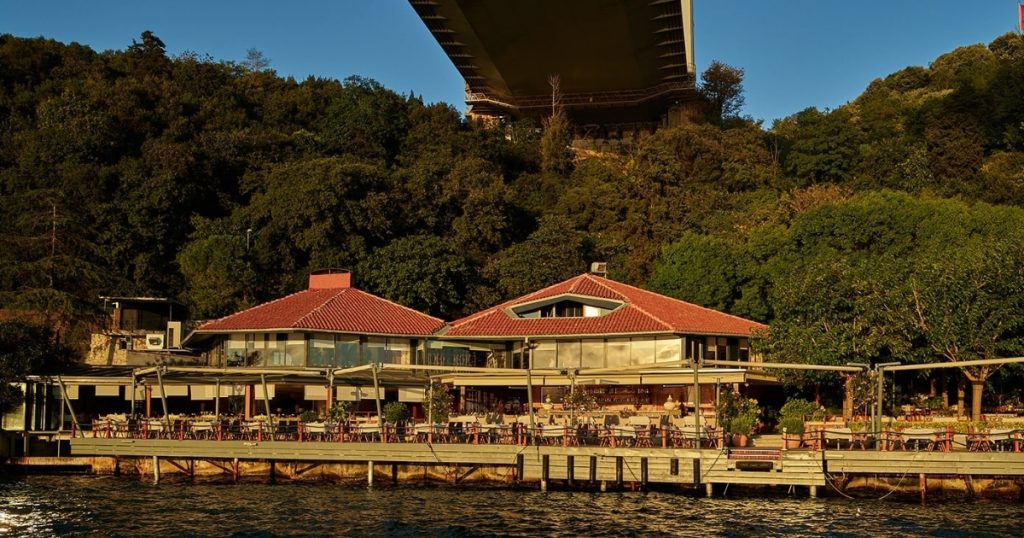
Lacivert: Your Bosphorus Table

Avis: The Keys to the City
The Final Watch
A Nation Holds Its Breath by the Bosphorus
Why did Atatürk choose to spend his final days in the palace of the Sultans? It was not a return to the past, but a final, powerful lesson in history. From this room, overlooking the waters that connect continents, a dying leader conducted the peaceful transfer of power, ensuring the Republic he built would outlive him.
This is the story of that final, solemn watch.
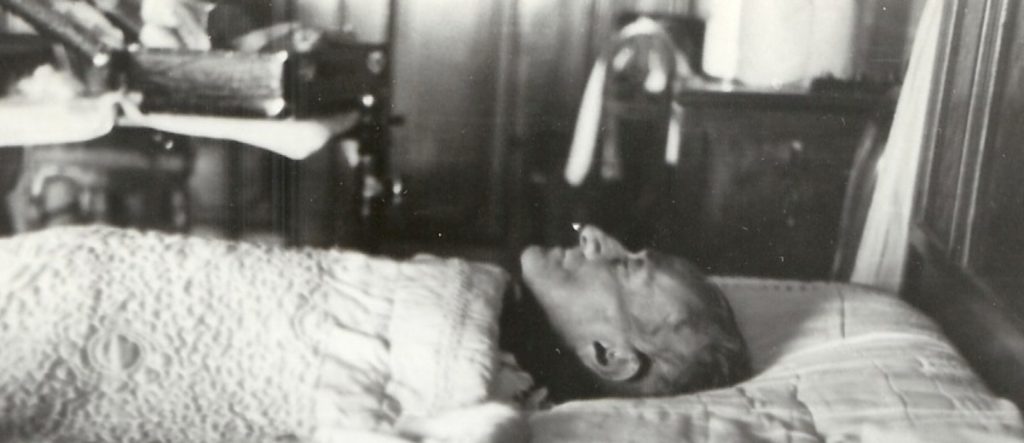
Not Just a Death, But the Transfer of an Era: Why Did Atatürk Spend His Last Days in Dolmabahçe?

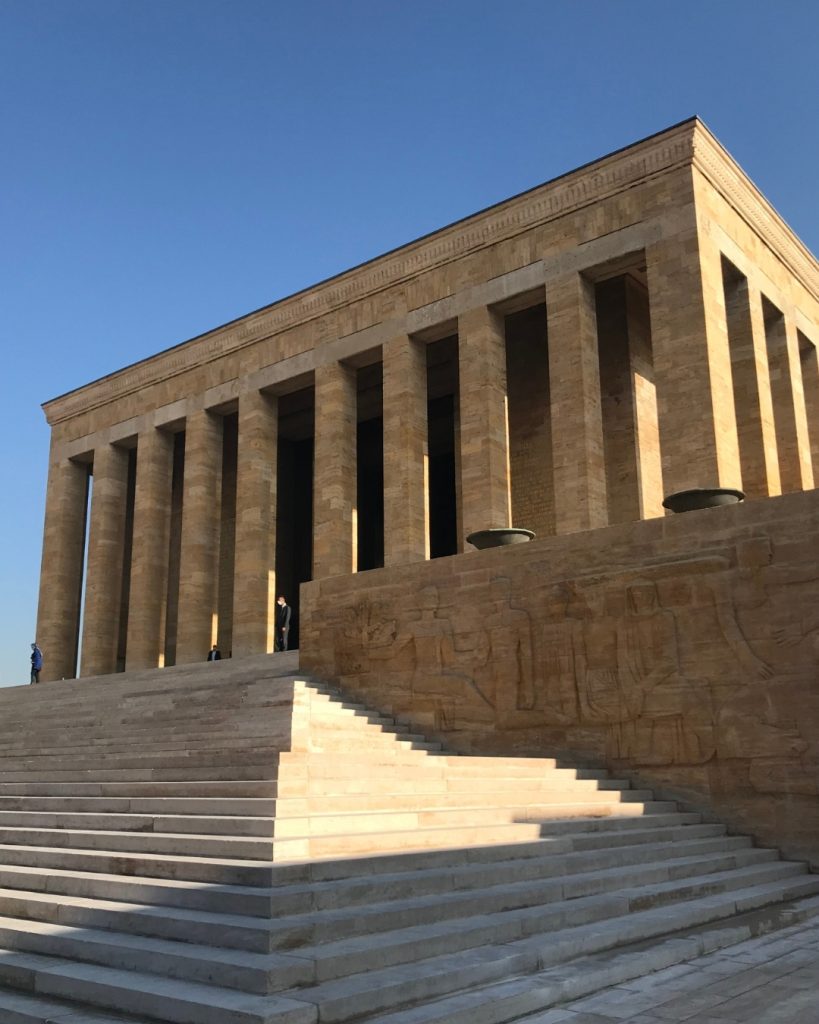
The Eternal Ascension:
Anıtkabir
His life ended in a palace by the sea, but his eternal watch continues from a hill overlooking his capital. Anıtkabir is not a tomb; it is a pilgrimage. Built with stones brought from every corner of Turkey, it is the physical embodiment of a nation’s gratitude and unending loyalty.
Here, he is no longer a man, but the unshakable foundation of the Republic. To stand on these grounds is not to mourn a death, but to witness a leader’s final, eternal ascension into the heart of his people.
Your Imperial Story Begins Before You Land
Turkish Airlines: Your Journey to the Empire’s Gates
The journey to the heart of the empire deserves a beginning worthy of its destination.In the spirit of world-class travel, we salute the storytellers who capture the soul of Istanbul.
Watch this stunning tribute, and see where your own story will begin.

Frequently Asked Questionsabout Atatürk's Legacy
Why did Atatürk use Dolmabahçe Palace as his residence in Istanbul?
As the founder and first President of the Republic, Atatürk utilized Dolmabahçe as the presidential residence for his work in Istanbul. Its grandeur served as a powerful symbol of the new state’s authority and continuity on the world stage.
Which room did Atatürk pass away in?
He spent his final days in Room 71 of the former Harem section of the palace. The room was modestly arranged for his care and has been preserved with solemn reverence ever since.
What were some of Atatürk's personal interests and hobbies?
Atatürk was a voracious reader with a personal library of thousands of books on history, philosophy, and politics. He also had a deep appreciation for music, dance (especially the waltz), and enjoyed equestrian sports and swimming.
Why is he called "Atatürk"?
In 1934, the Grand National Assembly of Turkey passed a law granting him the surname “Atatürk,” which translates to “Father of the Turks,” in recognition of his role as the founder of the modern nation.
Did Atatürk have any pets?
Yes, he was a known animal lover. His most famous pet was a dog named Foks, who was his loyal companion for many years and is often seen in photographs with him.
What was the significance of the alphabet reform?
A key part of his cultural reforms was the adoption of the Latin-based Turkish alphabet. The primary goal was to increase literacy rates, making reading and writing more accessible to the general populace and fostering a modern, unified national culture.
Is it true that the clocks in Dolmabahçe Palace are stopped at 9:05?
Only the clock in Room 71, the room where he passed away, is permanently stopped at 9:05 a.m., the exact time of his death on November 10, 1938, as a mark of eternal respect.
What was Atatürk's role as "Başöğretmen" (Head Teacher)?
Beyond his political and military leadership, he saw himself as the “Head Teacher” of the nation. This title symbolizes his profound personal commitment to education as the fundamental cornerstone for building a modern, enlightened society.
Why is his mausoleum, Anıtkabir, in Ankara?
Although he passed away in Istanbul, Ankara was the heart of the Turkish War of Independence and was declared the capital of the new Republic. It was therefore the symbolic and political center chosen to be his final resting place.
How is his memory honored in the palace today?
Dolmabahçe Palace is not just a museum of the Ottoman era; it is also a memorial to Atatürk. The rooms he used are preserved as they were, serving as a place of pilgrimage for millions who come to pay their respects to the founder of their nation.







